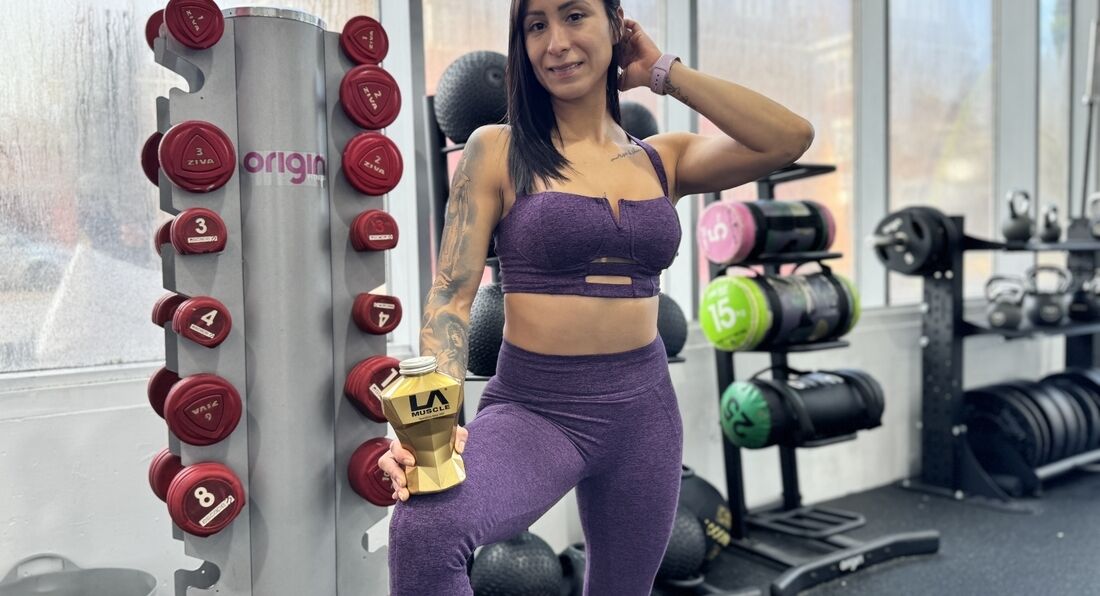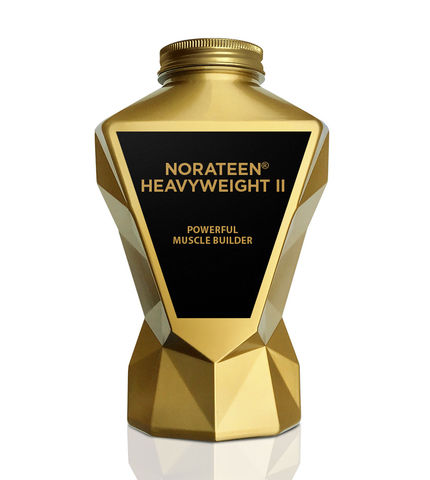The Knowledge > Better Health >
Friday, 26th May 2023
Why You Should Be Using A Foam Roller Between Workouts
Recover faster
By LA Muscle on 26.05.2023 01:04 pm
New LA Muscle AIX Apparel on LuxeUkStore:
_____________________________________________________________________________________
Foam rolling is a popular form of self-massage that involves using a cylindrical foam roller, often with varying levels of texture dependant on how ‘intense’ a massage is required, to apply pressure to different areas of the body. This technique has gained popularity among athletes and fitness enthusiasts over the years for its many benefits, including myofascial release and injury prevention.
Myofascial release is a technique that involves applying sustained pressure to the connective tissue, or fascia, that surrounds and supports muscles, much like a massage. Connective tissue can become tight and restricted with intense exercise, leading to pain, discomfort, and decreased mobility, for example, tightness and difficulty getting to proper depth in a squat. Foam rolling is a form of myofascial release that can help to break up excessive adhesions and improve overall muscle function.
Using a foam roller involves rolling the roller or massager over different areas of the body, such as under the lower back by lying on it. Regular foam rolling can help to increase blood flow, reduce inflammation, and improve muscular range of motion, contributing towards better general recovery. Foam rolling can be particularly helpful for athletes and fitness enthusiasts who engage in intense workouts that can cause muscle soreness and stiffness.
In addition
to myofascial release, foam rolling can also help to prevent injuries. By
regularly rolling out tight or sore areas, athletes and those that exercise
regularly can help to prevent the development of more serious injuries such as
strains and sprains, by addressing and aiding them early. Foam rolling can also
help to improve posture and muscle alignment, in a way similar to a sports
massage, reducing the risk of ‘overuse’ injuries.
Foam rolling is most useful and efficient when performed post-workout, focusing
on the areas of the body that feel uncomfortable, somewhat tight, or sore. Foam
rolling at the end of a workout is useful because it helps contribute to
reduced tightness and discomfort before it starts to become apparent. Spending
around 2 minutes foam rolling each body part is usually sufficient at the end
of each workout for improving recovery and mobility.
Initially, using a foam roller may be uncomfortable as your body gets used to
it, but think of it as more of a massage for muscle recovery, than something
that should hurt. It is not necessary to apply intense amounts of pressure to
uncomfortable areas in a ‘more pain more gain’ fashion when foam rolling, as
you may unintentionally cause yourself unnecessary pain or injury. With initial
use of a foam roller it may be uncomfortable as you adjust to how it feels, but
think of it as more of a sometimes uncomfortable massage tool for recovery, not
something that is supposed to hurt.
Foam rollers can be used by most people who struggle with recovery or soreness, or simply those who want to optimise recovery and muscular improvement. A foam roller can be an important, convenient, and effective tool for just about anyone regularly involved with intense physical activity.































